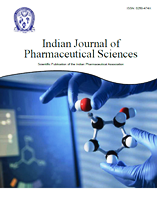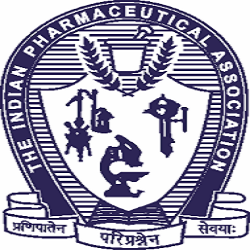Abstract
Advances in Targeted Therapy Combined with T-Cell Immunotherapy for Malignant Tumors
Guangxi Key Laboratory of Translational Medicine of Integrated Traditional Chinese and Western Medicine for Commonly Infectious Diseases, Guangxi University of Chinese Medicine, Nanning, Guangxi 530200, China
Correspondence Address:
Jian Xiao, Guangxi Key Laboratory of Translational Medicine of Integrated Traditional Chinese and Western Medicine for Commonly Infectious Diseases, Guangxi University of Chinese Medicine, Nanning, Guangxi 530200, China, E-mail: hy757266169@163.com
T-cell therapy has changed the treatment landscape for both haematological malignancies and solid tumors, achieving breakthroughs in areas such as relapsed/refractory acute lymphoblastic leukaemia, lymphoma, multiple myeloma, and melanoma. However, T-cell therapy still faces several limitations, including off-target effects, tumour antigen escape, and the immunosuppressive tumor microenvironment. Serious adverse reactions induced by T-cell therapy, such as cytokine release syndrome, immune effector cell-associated neurotoxicity syndrome, and immunologic escape leading to drug resistance and relapse, should also be addressed. Exploring new combination therapy approaches is considered an effective strategy to further enhance the anti-tumor effects of T-cell therapy. Chimeric antigen receptor T-cell therapy and T-cell receptor-engineered T-cell therapy are two directions of T-cell therapy. Tyrosine kinase inhibitors, immune checkpoint inhibitors, monoclonal antibodies, and other targeted therapeutic drugs have been shown to have synergistic effects with T-cell therapy while reducing adverse reactions. Therefore, this article will review the combination therapy models of various targeted therapeutic drugs and T-cell therapy from the perspectives of chimeric antigen receptor T-cell therapy and T-cell receptor-engineered T-cell therapy, aiming to provide references for the basic research and quality control of T-cell immunotherapy.
Full-Text | PDF



